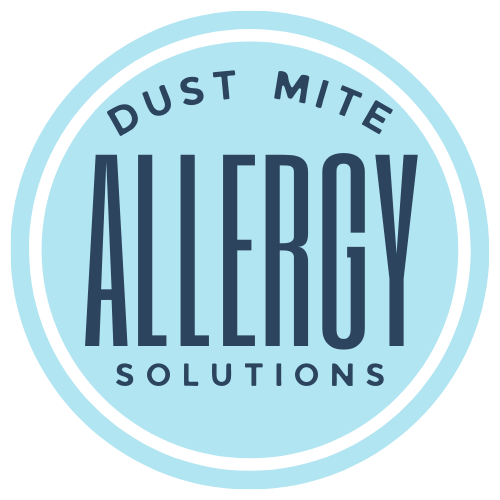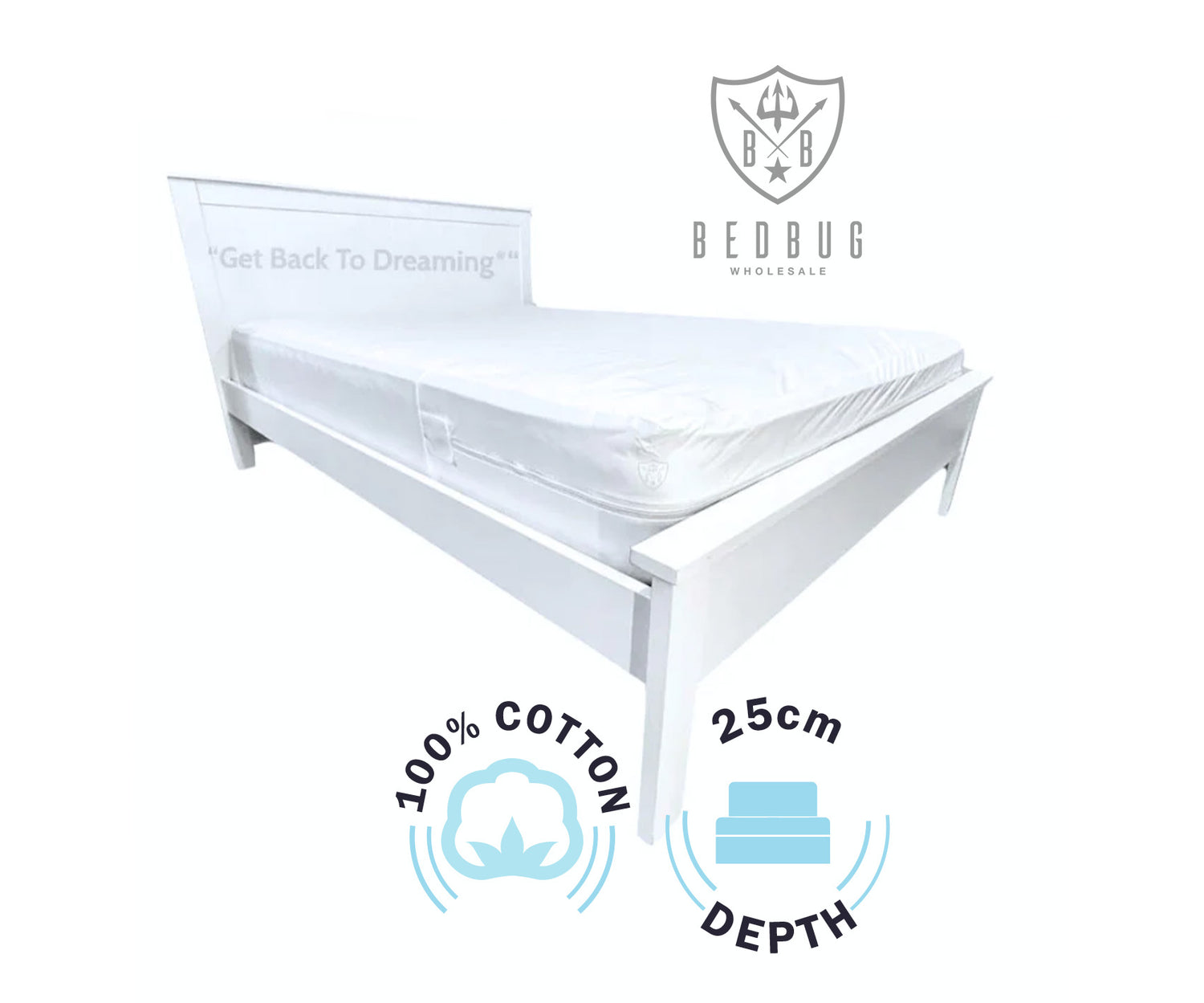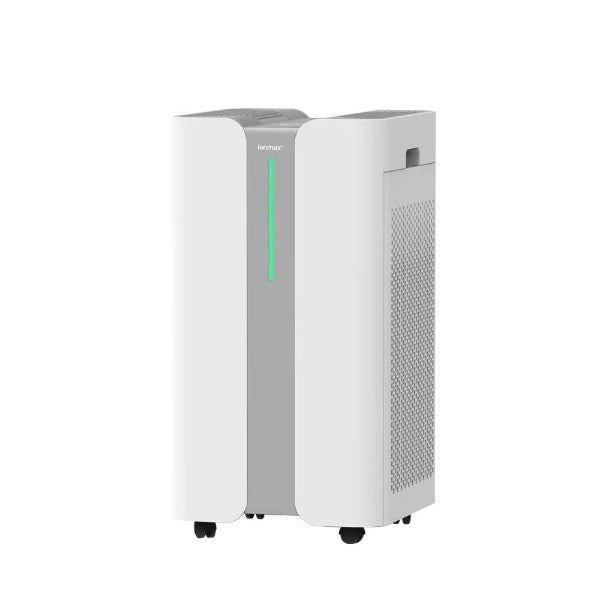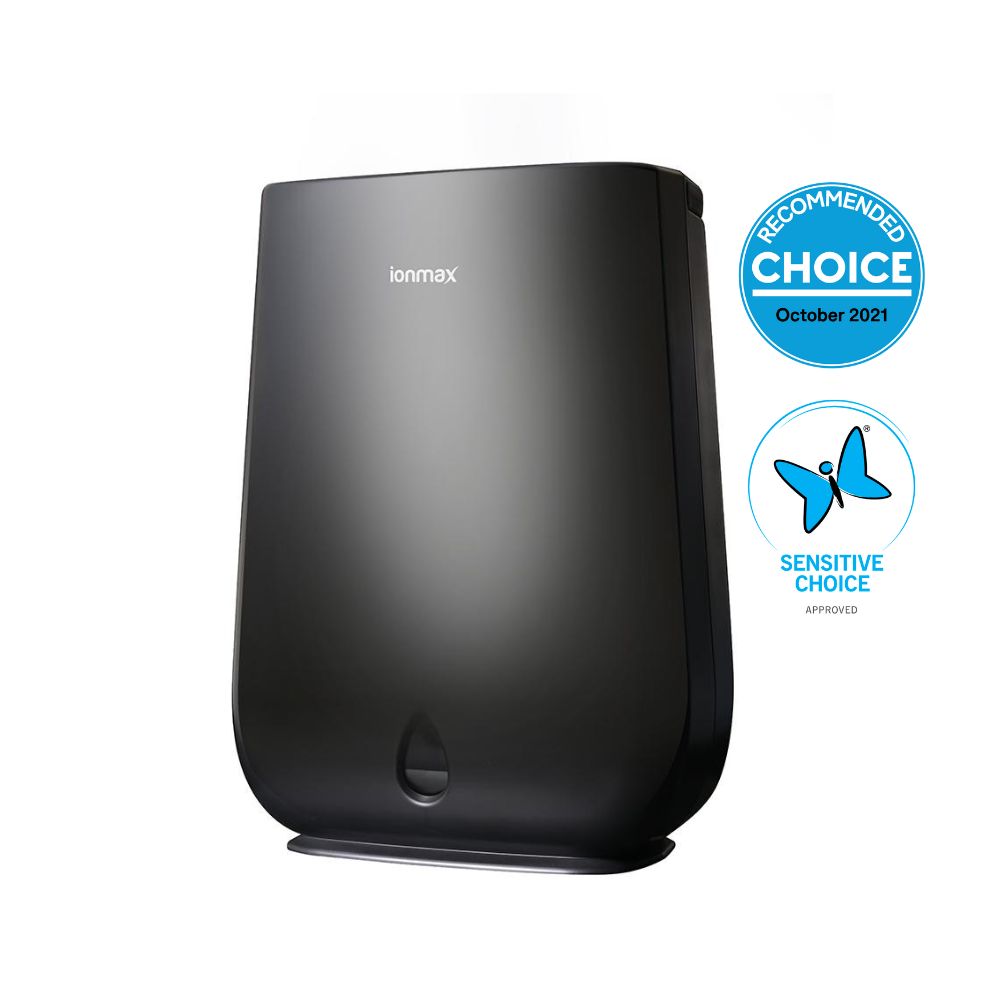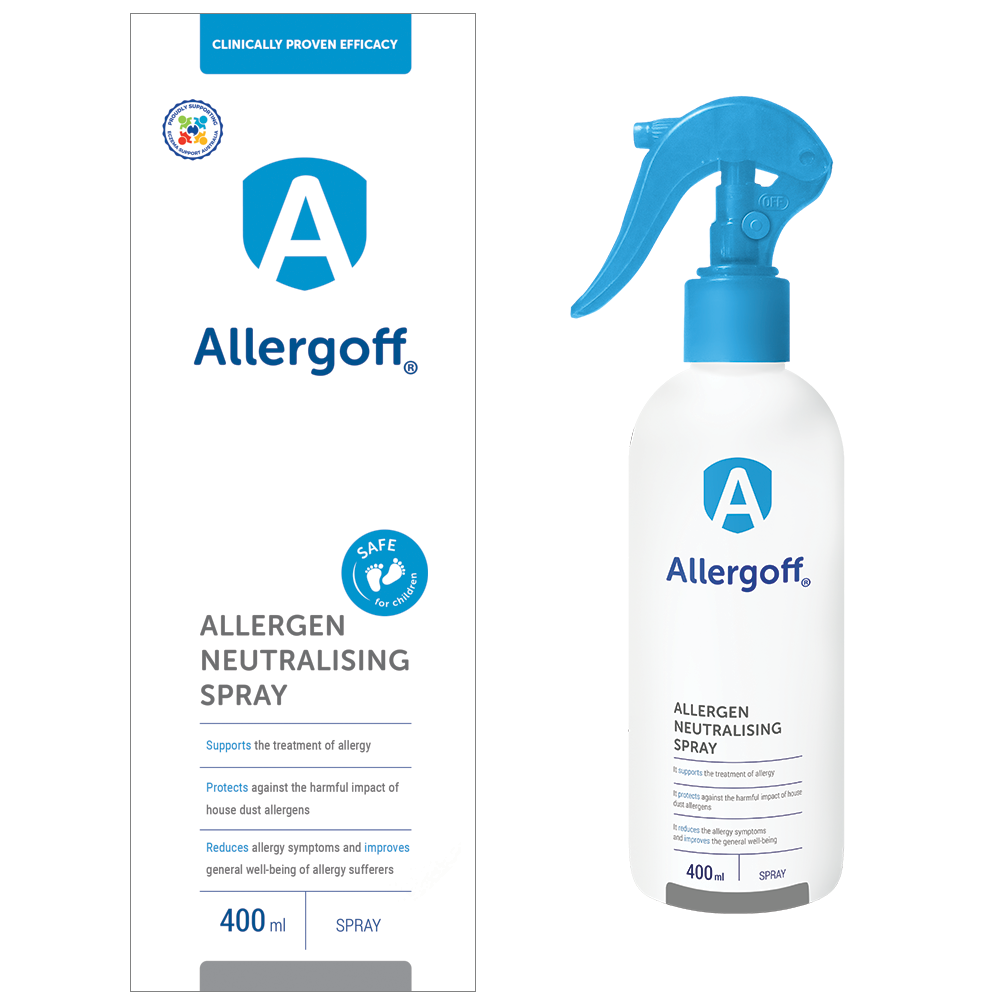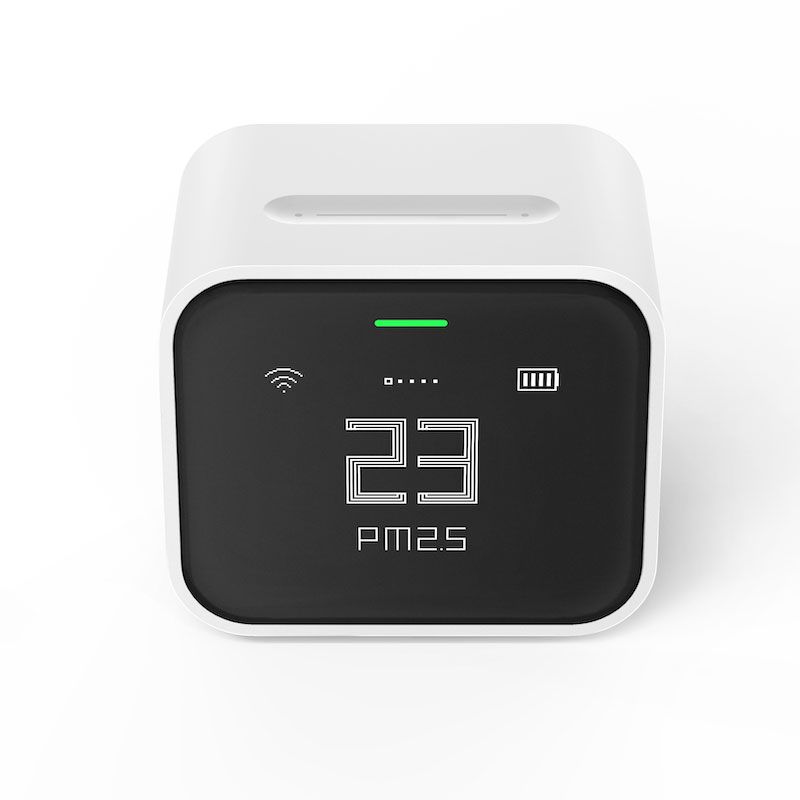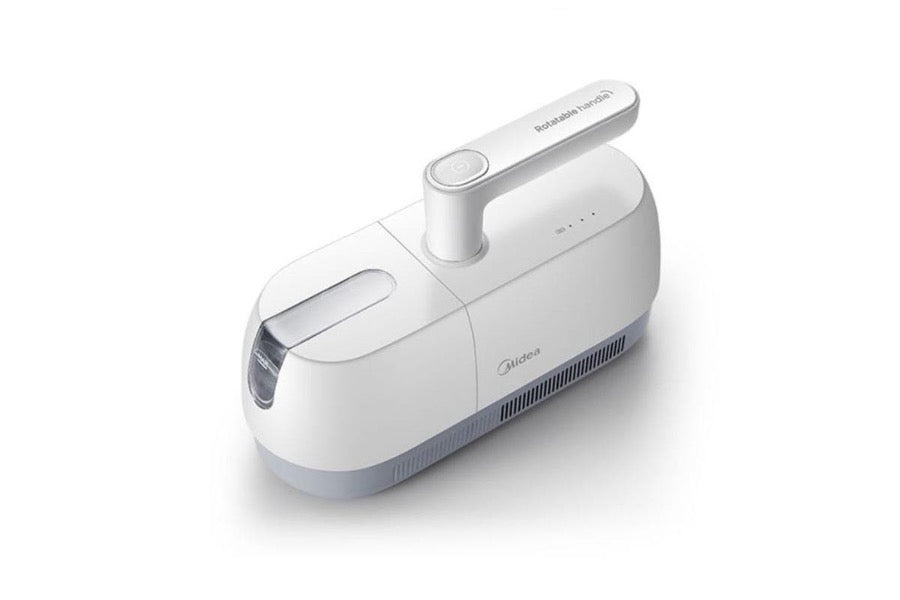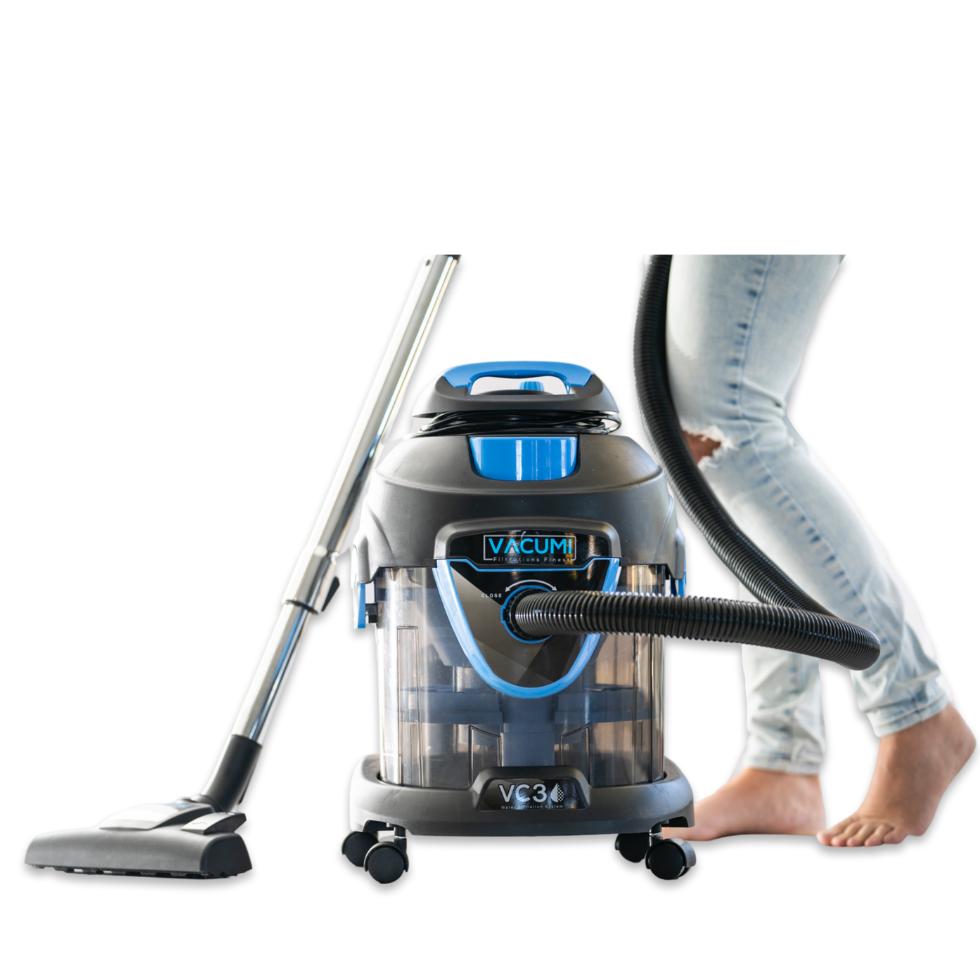Discovery of dust mites as allergens in dust
In the late 1960s, scientists made a pivotal discovery that shifted the understanding of household allergens: the real culprits behind many allergic reactions were not merely dust, but tiny creatures living in dust, invisible with naked eye, called dust mites.
This insight transformed the way medical professionals approach asthma triggers.
Initially, it was thought that dust was the main problem, but research identified dust mites and specifically their feces, as major sources of allergens.
Can dust cause asthma?
It is widely recognised that dust mites living in dust can cause asthma (Mayo Clinic). They are a common allergen that can trigger asthma symptoms in sensitive individuals, particularly those who are genetically predisposed to asthma.
A comprehensive study published in the Journal of Allergy and Clinical Immunology highlights the significant role of dust mite exposure in triggering asthma attacks in susceptible individuals (Platts-Mills et al., 2000).
The American Academy of Allergy, Asthma & Immunology (AAAAI) also notes that dust mites are among the most common allergens that can trigger asthma symptoms.
How can dust mites trigger asthma?
Dust mites can trigger asthma through the allergens they produce, which primarily come from their fecal particles and body fragments.
Symptoms of dust mite induced asthma
These dust mite allergens can lead to asthma symptoms such as wheezing, coughing, shortness of breath, and chest tightness (Mayo Clinic).
Dust mite allergy tests for asthma patients
Asthma patients suspected of having a dust mite allergy can undergo specific allergy tests to confirm the diagnosis.
These tests typically include skin prick testing, where a small amount of dust mite allergen is introduced to the skin to observe if a reaction occurs, indicating sensitivity.
Another option is a blood test, which measures the level of IgE antibodies produced in response to dust mite allergens.
Conducted in a clinical setting by healthcare professionals, these tests help determine the appropriate management and treatment strategies for asthma exacerbated by dust mite allergies, ensuring that patients receive targeted interventions to alleviate their symptoms.
Allergy to house dust mites and asthma
The body fragments and fecal material from dust mites contain proteins that are recognised as allergens by the immune system of susceptible individuals.
Inhalation of allergens
Dust mite allergens are predominantly found in their fecal pellets and decaying bodies.
These particles are small enough to be inhaled deeply into the lungs.
According to the Asthma and Allergy Foundation of America, dust mites are among the most common triggers of asthma due to the inhalation of these allergens (AAFA).
Immune response
When someone who is allergic to dust mites inhales these allergens, their immune system perceives them as a threat and produces specific antibodies (immunoglobulin E, or IgE).
The Asthma and Allergy Foundation of America explains that this immune response is what leads to allergy symptoms and can trigger asthma attacks (AAFA.).
Inflammation and airway hyperreactivity
The binding of IgE to allergens activates cells called mast cells, which release inflammatory substances like histamine.
This causes inflammation in the airways, leading to symptoms such as wheezing, shortness of breath, chest tightness, and coughing.
The American Lung Association notes that this inflammation can make the airways more sensitive to irritants and other allergens, exacerbating asthma symptoms (ALA).
Chronic exposure and asthma severity
Chronic exposure to dust mite allergens can lead to ongoing airway inflammation, which may contribute to the persistence and severity of asthma.
Research published in the Journal of Allergy and Clinical Immunology highlights that ongoing exposure to such allergens is a critical factor in the chronicity and severity of asthma in allergic individuals (JACI).
How to prevent asthma caused by dust mites
To prevent asthma caused by dust mite allergens, it is necessary to take a comprehensive approach to minimise these allergens throughout the house.
Dust mites can thrive in various indoor environments—especially in bedding, upholstered furniture, and carpets.
Humidity levels and dust mites
Avoiding dust mites entirely is challenging, as their presence is widespread and they can thrive in many environments, particularly those with high humidity.
Dust mite proof bedding benefits
Advances in fabric technology around 2000, such as the development of fine woven fabrics, offered new solutions for creating barriers against dust mites.
The strategies for reducing exposure often focus on the bedroom and include using dust mite proof mattress covers, maintaining low humidity levels, and choosing appropriate cleaning techniques.
Role of air purifiers and HEPA filters
The introduction of air purifiers, especially those equipped with HEPA filters, has provided another layer of defense against airborne allergens.
These filters are capable of trapping extremely fine particles, including dust mite allergens and tobacco smoke, thereby reducing the overall allergen load in the environment. However, their effectiveness can vary, and they are most beneficial when used as part of a comprehensive allergen reduction strategy [source: Huang et al., 2017].
Vacuuming and steam cleaning
Vacuum cleaners play a crucial role in allergen management, although they are not perfect. They can disturb dust and allergens during the cleaning process.
Steam cleaning offers a way to kill mites and neutralise allergens effectively, but it must be done carefully to avoid damaging carpets or upholstery.
Find out about more natural ways to get rid of dust mites in your home environment.
Implementing these combined strategies in all areas of the home, rather than focusing on just one, helps ensure a significant reduction in dust mite populations and their allergens, thereby decreasing the risk of asthma flare-ups and improving overall air quality.
Conclusion
The ongoing research and development in the field of allergen avoidance continue to offer new insights and methods for reducing the impact of dust mites on individuals with asthma.
The integration of various strategies, from environmental modifications to technological innovations, plays a critical role in managing asthma symptoms effectively and improving quality of life for those affected by dust mite allergies.
